Houseplants are just the right way to add a pinch of pizzazz to your overall bland room, and I also use my houseplants to elevate the overall ambiance of my room. But what if you don’t have enough space for a lot of different pots?
Well, it is not a big issue, so just sit back and relax because you can grow multiple houseplants in one pot as well. Yes, you heard it right, such plants are called companion plants, and they can grow together in one pot.
So, let me walk you through those indoor plants and figure out the best combinations to get for your room.
Table of Contents
Knowing The Companion Plants
If you are still confused about how we can place different plants in one pot and how they would even survive, then trust me, they will not only survive but thrive as well.
For example, you cannot obviously combine a rose with a cactus; it would not really be happy because cactus likes drier environments while roses like a wetter place to live, they won’t hit it off being together.
Also, you should not be putting your indoor plants with a plant that can suck all the water from the soil, or the other plant will die of thirst, and that’s not what you want, right?
So, finding good companion plants means to group together such houseplants of the same nature and belong to either the same species or at least come from the same region.
Why Should You Get Companion Plants?
A single and lonely plant might look aesthetically pleasing, but have you considered combining two houseplants that are alike in nature? Try it once, and you will realize that they are just worth it.
When multiple plants combine and are placed in one pot, you see a lot of color going on, and when you place it in the corner of your room, you will notice that it has suddenly given the pop of color to your room that it needed all along.
You can use plants with foliage of weird textures and shapes and place them into a room with an overall abstract theme and even hang a few abstract paintings beside it, and it will go really well with them.
Also, taller plants make people look up and cherish the perfect combination of length and beauty in an indoor plant, so the plant that would usually be lonely and will be just lying there in a corner, that same plant is the center of attention after being a companion to other plants.
How To Pot Companion Plants?
First of all, find just the right type of plants that can survive and help each other grow. The second step would be to select the big pot to incorporate all the plants you want to place in it.
Now, the next step would be pretty much the same, and you would need potting soil, get it according to the nature of the plants you are planting. Now, carefully place your houseplants in the soil and don’t put a lot of pressure on them.
Avoid dragging and moving around a lot, and don’t place the plants too close together in a pot because we want to give some room to their roots for proper growth.
Water the plants, and we are done with potting our combination plants. Now, you can either place the pot directly on the window or simply place it in a shady area, but it completely depends upon the nature of your houseplant.
If you have a few favorite plants and you think that they won’t get along, then stop worrying and just give it a go because you never really know. In this scenario, research also plays a key role, and that is why we are listing some of the best combinations for your indoor plants.
Best Combination Ideas for Indoor Companion Plants
Finding out the right combination of indoor plants can not only be time-consuming but also really tiring at times, and that is why I am listing down some of my favorite combination plant ideas.
Dracaena and Pothos
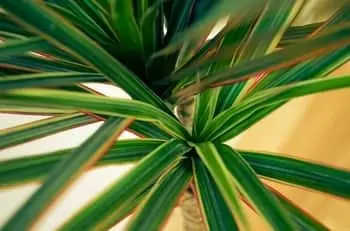
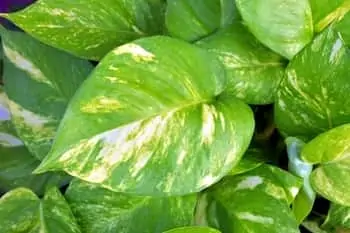
Both of these houseplants have very beautiful foliage, and they don’t require a lot of water for survival, which is a big benefit of having them as houseplants. Also, you need to give medium-light to both of these plants, which means you won’t even have any issue placing these plants.
When it comes to maintenance, dracaena and Pothos are low maintenance and do not require fertilizer or compost to grow. Though the shape of these two houseplants is different, their similar habits make them just the right pick.
ZZ Plant and Snake Plant
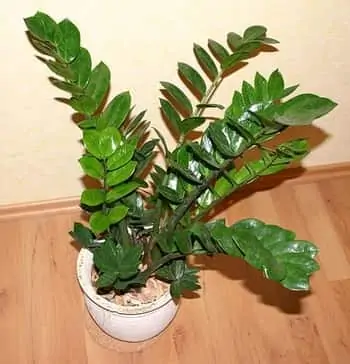
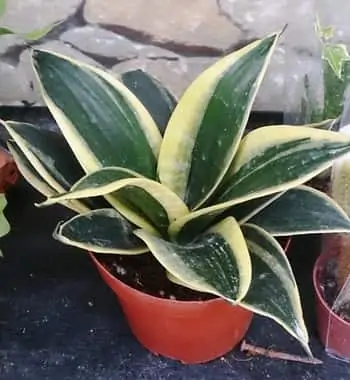
If there is any plant that has foliage much more beautiful than a lot of flowers, then it is a snake plant with those perfectly upright leaves and a pop of light color in the patterns of foliage; this plant is here to slay with the small and cute ZZ plants that are just adorable.
Both of these indoor plants do not need constant watering, and they can even survive without direct sunlight, making them low-maintenance houseplants. And just see how adorable these look together.
Hope Peperomia and Flapjacks
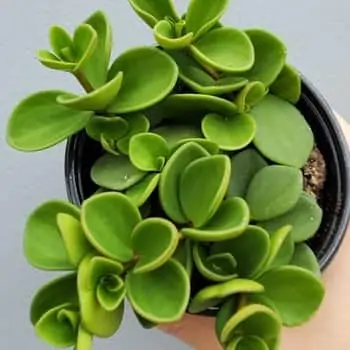

If you are a green team and love the pop of green color in your room, then this combination is made for you as it is all about greens, and when you combine both of these plants, they look mesmerizing.
Both of these plants are succulents, so they have pretty much the same nature, and they don’t bother a lot when it comes to watering and light. You can water them once in a while and just hang them or place them somewhere where they can get enough sunlight; they will live happily ever after.
Lobelia, Fuschia and Vinca Minor

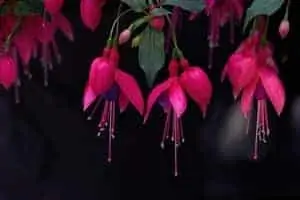
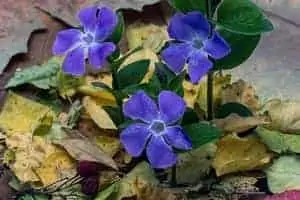
If you are into flowers and the aesthetics that flowers give to the overall setting, you will love these houseplants because they look not only good with each other but also really compatible.
These three exotic indoor plants are easy to grow in an indoor setting, and they need medium, bright and indirect sunlight, so you can simply place them beside the windows or in the balconies to get the most out of these plants.
Peace Lily and Marble Pothos

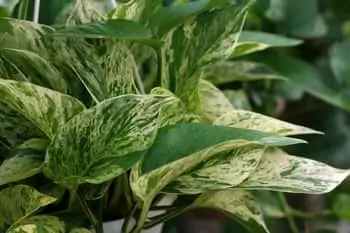
Marble pothos is nothing less of a statement with lush green foliage and a combination of light and dark green colors in patterns. However, when it is combined with a peace lily, the sight is magnificent.
They both are of the same nature, and to be honest, they are really hard to kill, so you just need to water them once in a while and place them under indirect sunlight, and they will be as good as new.
Conclusion
I got the idea of combining plants two years ago, and I still appreciate this decision of mine because certain combinations of plants have helped me elevate the whole interior of my rooms.
You can do that too, but all it needs is some research and care, and that is pretty much it. Don’t forget to find like-minded plants because only then both the plants will survive properly, and don’t forget about the watering sessions because the pot has to nurture two houseplants now.
Recent Posts
Have you found yourself wondering, 'why is my bamboo growing so slow?' Despite the fact that bamboo plants are remarkably fast-growing, it can sometimes take months (or even years!) to see any signs...
Miracle-Gro is a huge help when you are trying to get decent yields out of your plants or if you want them to thrive. However, you may have noticed that a single dose of fertilizer does little to...
